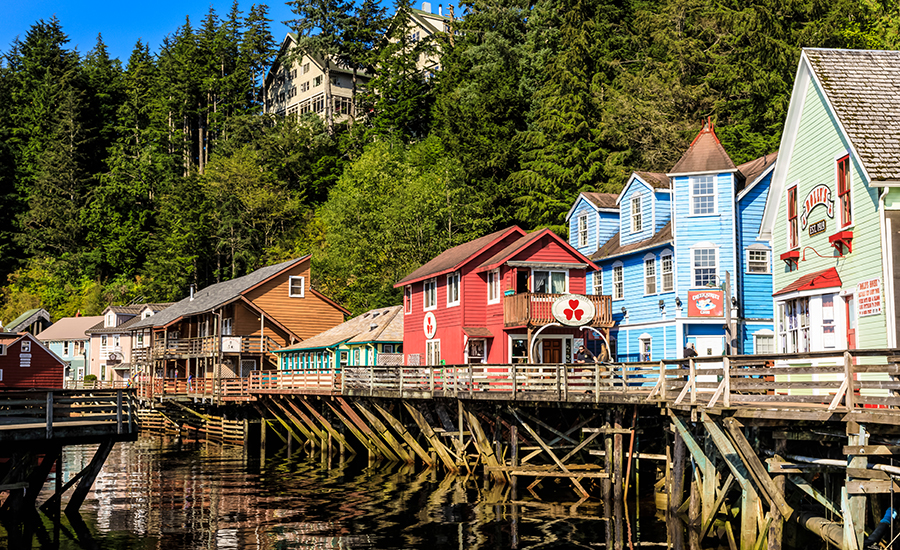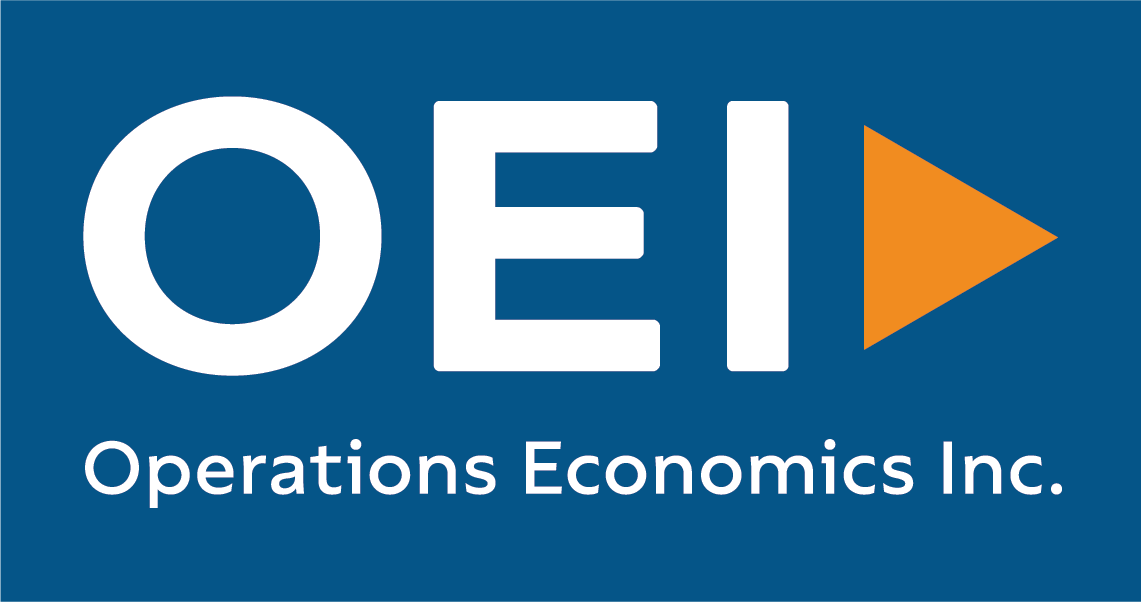
March 23, 2023: Analyzing the essential Alaska Marine Highway System ferry service
In 2022 Operations Economics Inc. teamed with The Maritime Group International (TMG) and the Elliot Bay Design Group (EBDG) to conduct a review of the Alaska Marine Highway System (AMHS), the state-owned ferry service. The AMHS provides critical passenger and cargo services between Alaskan communities, as well as to and from British Columbia and Washington State.
Simply put, the AMHS is an indispensable public resource. Many Alaskan cities and towns have no road or rail access to the outside world; they depend on travel by air, sea, or river, and to a lesser extent dogsled and snowmobile. During the winter months, bad weather often leaves aircraft grounded. Without the ferry system, isolated communities would have to rely on expensive private barge services for staples and critical supplies or be completely cut off from the rest of the state.
The Challenge
Like many transportation systems, the AMHS was negatively affected by the COVID crisis. It lost riders, revenue, vessels, and employees, and has struggled to recover post COVID. These situational issues were exacerbated by an aging fleet of vessels and difficulty attracting new employees as COVID recedes. The State of Alaska sought a system-wide review and observations on how to modernize the marine highway system in a cost-effective manner.
OEI’s Role
OEI was charged with providing strategic, marketing, and governance expertise to support the analysis. OEI’s findings were focused on modernizing the approach consistent with modern ferry operations / best practises. OEI participated in on-site visits, MS Teams interviews, and performed information and data analysis to develop and deliver.
Outcomes
The review was presented to the Alaska Department of Transport and Public Facilities (DOTPF) and subsequently to the Alaska Marine Highway Operations Board (AMHOB), an advisory board to the ferry system that reports to the DOTPF Commissioner. As of March 2023, the findings are under review to assist in the modernization of AMHS. The reports that OEI worked on can be found on the AMHOB website. OEI was a primary author on Tasks 2 and 5.
About the Alaska Marine Highway System
The mission of the AMHS is to provide safe, reliable, and efficient transportation of people, goods and vehicles among Alaskan communities, Canada, and the “Lower 48,” while providing opportunities to develop and maintain a reasonable standard of living and high quality of life, including social, education and health needs. It’s an Alaska-sized enterprise.
Alaska has more coastline than the combined shorelines of the Lower 48 states. AMHS currently covers 3,500 miles of scenic coastline and serves more than 30 communities, each with its own specific needs. One hundred thousand vehicles and 250,000 passengers rode the ferry system in 2019.
History of Alaska’s Marine Highway
The ferry service was begun in 1948 in Haines by three residents who formed the Chilkoot Motorship Lines with one ship, an ex-US Navy landing ship, the MV Chilkoot. Alaska was still a Territory. In 1951, the company owners sold the business to the territorial government. By the time Alaska was granted statehood in 1959, a new ship was providing daily service between Juneau, Haines, and Skagway. The first meeting of the new legislature approved the Alaska Ferry Transportation Act. That year voters approved bond issues of $18 million to expand the fleet. Four new ships were commissioned, and docks were built throughout Southeast Alaska and the Kenai Peninsula.
In 1963, Alaska established the Division of Marine Transportation, founding the AMHS. Three ships were added to the fleet and five communities, including Prince Rupert, British Columbia, were added to the service.
In 1967, after a landslide took out the Alaska Highway to the north, and BC Ferries’ MV Queen of Prince Rupert ran aground, transportation to and from Southeast Alaska was brought to a near standstill. To demonstrate the need for a transportation link between Alaska and the rest of the United States, the governor ordered the AMHS to send a vessel south to Seattle while making a request to Congress to re-classify the route as inside waters. (Part of the route had been classified as outside waters and required ocean-going certification, which none of the AMHS vessels possessed.) Congress agreed to the request, which left the AMHS with a significantly longer route system, but no new vessels to serve it.
In March 1989, the Exxon Valdez, a supertanker carrying more than 50 million US gallons of oil, struck a reef in Prince William Sound. The State of Alaska’s on-scene response was managed from the AMHS vessel E.L. Bartlett, later relieved by the Aurora. Suction trucks were placed in the car-deck, converting the ferry into a spill response vessel. The state government decided a new ship was needed that could take on a command-and-control role in case of future disasters. Funded in part by settlement money from Exxon, the MV Kennicott joined the system in 1998.
The southern terminus of the AMHS remained in Seattle until October 1989, when it moved to the Bellingham Cruise Terminal in Fairhaven, Washington.
Today, the AMHS supports three major service regions: Southeast Alaska and the Inside Passage to BC and Washington State, the more populated South Central Alaska, and Southwest Alaska covering Kodiak and the Aleutian Islands chain.
